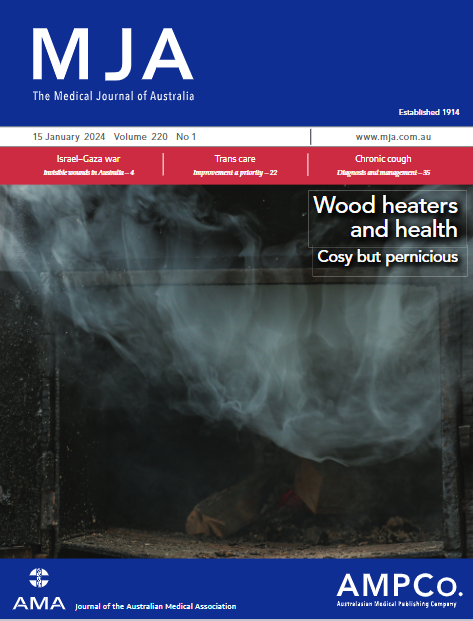Continuity of service and longer term retention of doctors training as general practitioners in the Remote Vocational Training Scheme
Abstract
Objective
To explore continuity of service and longer term retention outcomes of participants of the Remote Vocational Training Scheme (RVTS).
Design, setting, participants
Retrospective cohort study of all doctors who participated in the RVTS from 2000 to 2023, many of whom are international medical graduates and are expected to work in the same community for three to four years in remote (Modified Monash Model [MMM] categories 4–7) or rural Aboriginal Medical Services (AMS) streams while undertaking training towards general practice fellowship.
Main outcome measures
Continuity of service was measured in the pre-program period (period working in same practice before commencing) and during-program period (period completing the RVTS program in same practice as worked in before commencing the program). Retention was measured firstly within two years, and secondly beyond two years (up to 20 post-completion years) based on: working in the same community (relevant to both streams); working in the same region (Remote Stream only); working in any MMM4–7 community (Remote Stream only); or working anywhere rurally (both streams).
Results
From 506 enrolled participants, 373 (73.7%) were international medical graduates. The approximate mean service continuity in the same practice was 1.6 years (standard deviation [SD], 2.2 years) for the pre-program period and 3.6 years (SD, 1.4 years) for the during-program period (mean total, 5.2 years). Two years after completion, 21 out of 43 Remote Stream doctors (49%) and four out of five AMS Stream doctors (80%) remained in the same community. Over the long term, retention in the same community stabilised to 44 out of 242 Remote Stream doctors (18.2%) and seven out of 27 AMS Stream doctors (26%); 72 Remote Stream doctors (29.8%) remained in the same region, 70 Remote Stream doctors (28.9%) were in an MMM4–7 community, and 11 AMS Stream doctors (41%) were in a rural (MMM2–7) community.
Conclusion
Strong service continuity outcomes have been achieved by the RVTS, which supports mostly international medical graduates in locations typified by the highest workforce turnover. This suggests that continuity of service could be improved for remote and First Nations communities through place-based retention-focused programs like the RVTS.

 求助内容:
求助内容: 应助结果提醒方式:
应助结果提醒方式:


